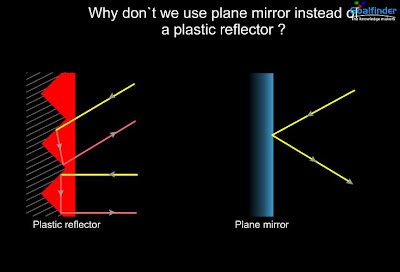After starting a roaring fire in the wood stove (thank you Aaron for the fire starting tips -- way better than youtube) and fiddling with the remote control and unplugging and replugging the unit. I went out to the pump. I had cleared the snow earlier outside the pump housing, but saw that one side of the pump had become covered with ice. I really love Trondheim, but if I could change anything here, it would be the rain during winter that turns to sheets of ice everywhere. Part of my dreary outlook of late has been that all of the lovely fluffy snow turned to ice from drizzly rain and subsequent freezing.
De-icing 101. I first and now admit stupidly got a long extension and tried a hair dryer -- much too wimpy, but the ice did start to look more well groomed. Then, I remembered my Minnesota ice dam Christmas last year. The girls ran around putting 20 buckets or so in the livingroom to catch the small drips of water coming through the ceiling. My dad and I rigged up a hose from the water heater in the basement to the roof (thanks again Aaron) and spent hours spraying hot water and chipping away ice while standing on a ladder. Ah, the good times and damn that global warming (winter should be winter).
Back to the matter at hand, I unplugged the unit, brought out buckets of hot water and all the ice came failing right off. Now the heater is pumping away like a pro and responding to my every wim like the energizer bunny.
So, now I will put on my reflective vest and head out into the morning (haha). In addition to rain pants, a standard part of the childrens wardrobe here is reflective vests. The small children wear bright yellow reflectors because they spend a lot of winter time outdoors, walking near roads, skiing/running/ski jumping in the dark.
I also found a drawer filled with what looked like rolls of tape or hippy bracelets. It took me awhile to figure out what they were, although not nearly as long as it took me to figure out the thing with hoses in the entryway was actually a boot dryer and not a vacuum system. You know the little party favors that companies give out with their logos -- like magnets, key rings, miniflashlights? In Trondheim, comparnies put their logos on reflective arm bands. Adults are too hip to wear full reflective vests, but instead don the stylish silvery arm band. You can keep one in your purse and pull it out just in case you are on a dark street and need to flag down a bus or just avoid becoming road dust from oncoming bike or roller ski traffic.
When my dad was here, ever the font of continual information, he patiently explained with a few gentle arm punches the inner working of the 3M-manufactured reflectors. A simple mirror does not direct light back at the source, but at fresnel angle of reflectance. A reflector reflects light back in the same direction as the source due to the angled structure of the material (see figure below stolen from web and note graduate students that this might make a good comprehensive exam question...).
In fact, this is directly relevant to the studies we are doing on fish camouflage in warm, tropical locations. Our research has found that many fish are better reflectors than a vertical mirror (see photo of Molly adjusting a helpless silver fish on mirror in Florida with a bunch of polarized optical sensors pointed at it), but probably not as good as small children on the road in Trondheim ;-) Maybe if our last match fails, I can start a fire with headlights and a plastic reflector.
 |
| Vertical mirror studies in Florida |
 |
| Picture from our COSEE workshop for high school teachers called "Hiding in the Light" |


